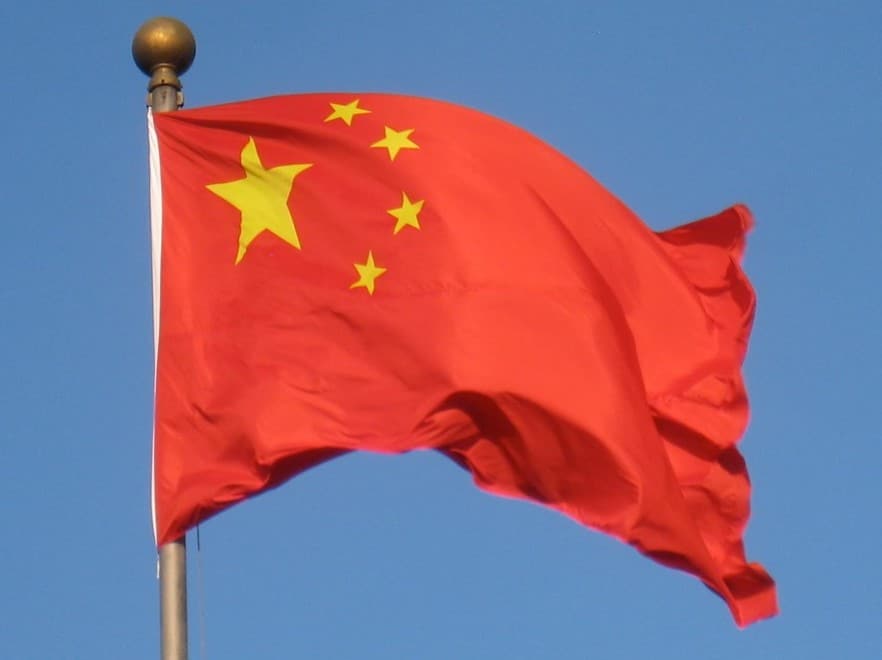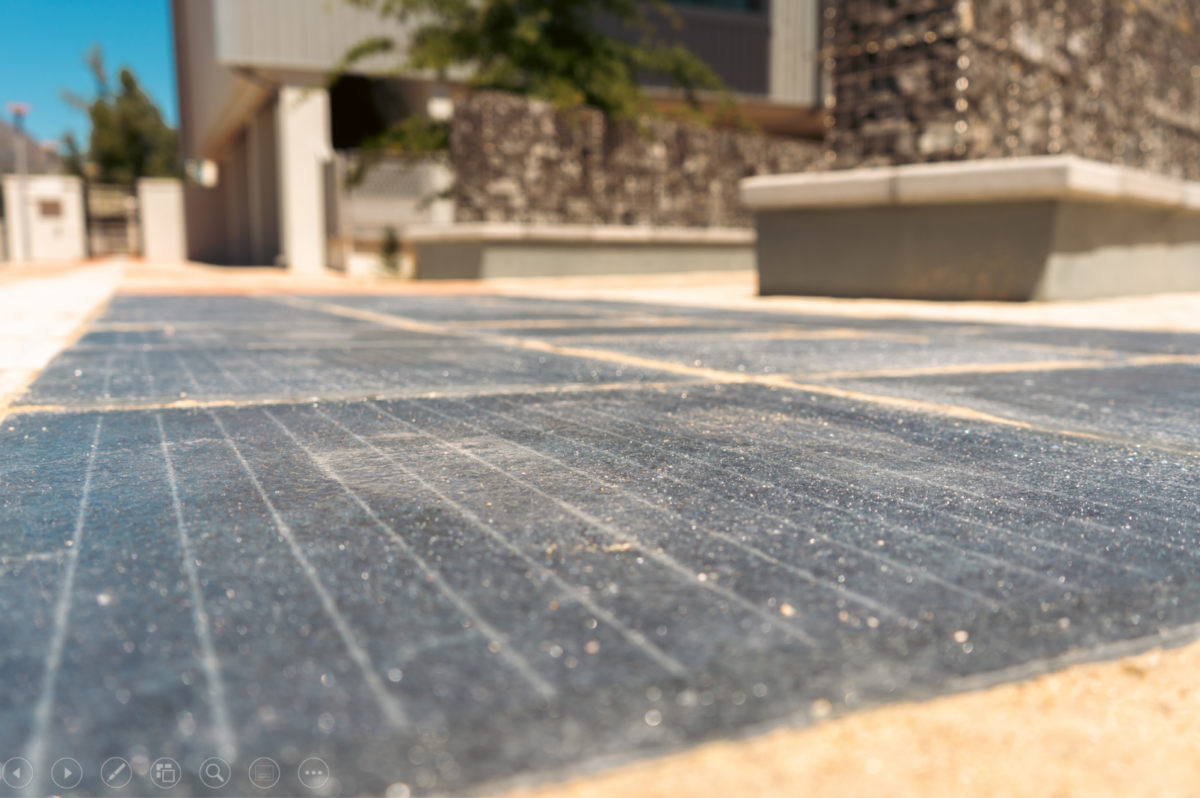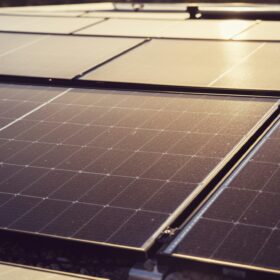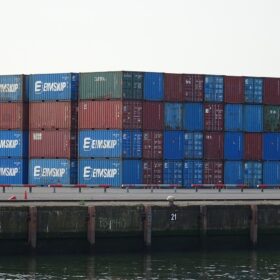JA Solar has sold three solar farms in China for $72.4 million. The leading Chinese module maker announced that it had made a deal with China Power Investment Corporation (CPIC), one of the largest state-owned energy enterprises, for the sale of three sub-companies that own the respective solar farms. The plants, which have government-guaranteed subsidies, are located in western and northern China.
JA Solar said it decided to sell them for “better cash flow” after considering the long-term investment return and “the long time for recovery of subsidy funds”. The deal is expected to contribute a profit of around $16.7 million to JA Solar’s 2021 financial result.
Solar cell manufacturer Tongwei released its December cell prices, which have dropped for multiple solar cells compared to November. The company’s quoted price for mainstream mono PERC single/double sides cell measuring 158.75 mm was $0.13 per watt, down by 9 cents. Mono PERC single/double sides cells of 166 mm dropped by 2 cents to $0.14 per watt. Multi-crystalline cells of 157 mm in size remained unchanged at $0.094 per watt. Tongwei for the first time quoted the price of mono PERC single/double sides cells of 210 mm, putting them at $0.15 per watt.
Eight major solar PV players, Trina Solar, Risen, CSI, Tongwei, Zhonghuan Semi-conductor, HSPV, Runergy and Shangji Automation jointly published a proposal calling for the standardization of new PV products with a large wafer size of 210 mm.
The companies proposed to use the 210+/-0.25 mm size as the only standard wafer size for solar cell and module products within the scope of 210-220 mm. The proposal also provided size recommendations for both wafers and PV modules.
Two wafer sizes listed include a standard square type with a side length of 210 mm and diagonal length of 295 mm, and a corner cut type with a diagonal length of 285 mm. They also recommended two module sizes, the 6×10 half-cut type with a size of 2172 mm×1303 mm, and the 6×11 half-cut type with a size of 2384 mm×1303 mm.
China’s National Energy Administration announced a new policy that changes the way renewable energy projects eligible for subsidies are listed. The government will no longer publish lists of renewable energy projects that are eligible for subsidies. Instead, it will now be up to state-owned grid companies, including the National State Grid, the Southern Grid and other local grid companies, to determine and regularly publish project lists of the renewable energy projects that will be granted government incentives.
The new policy, which was published on the NEA’s official site, also provides specifications and conditions to receive subsidies as well as details on the procedures the grid companies will employ to process examinations and verifications.
This content is protected by copyright and may not be reused. If you want to cooperate with us and would like to reuse some of our content, please contact: editors@pv-magazine.com.








By submitting this form you agree to pv magazine using your data for the purposes of publishing your comment.
Your personal data will only be disclosed or otherwise transmitted to third parties for the purposes of spam filtering or if this is necessary for technical maintenance of the website. Any other transfer to third parties will not take place unless this is justified on the basis of applicable data protection regulations or if pv magazine is legally obliged to do so.
You may revoke this consent at any time with effect for the future, in which case your personal data will be deleted immediately. Otherwise, your data will be deleted if pv magazine has processed your request or the purpose of data storage is fulfilled.
Further information on data privacy can be found in our Data Protection Policy.